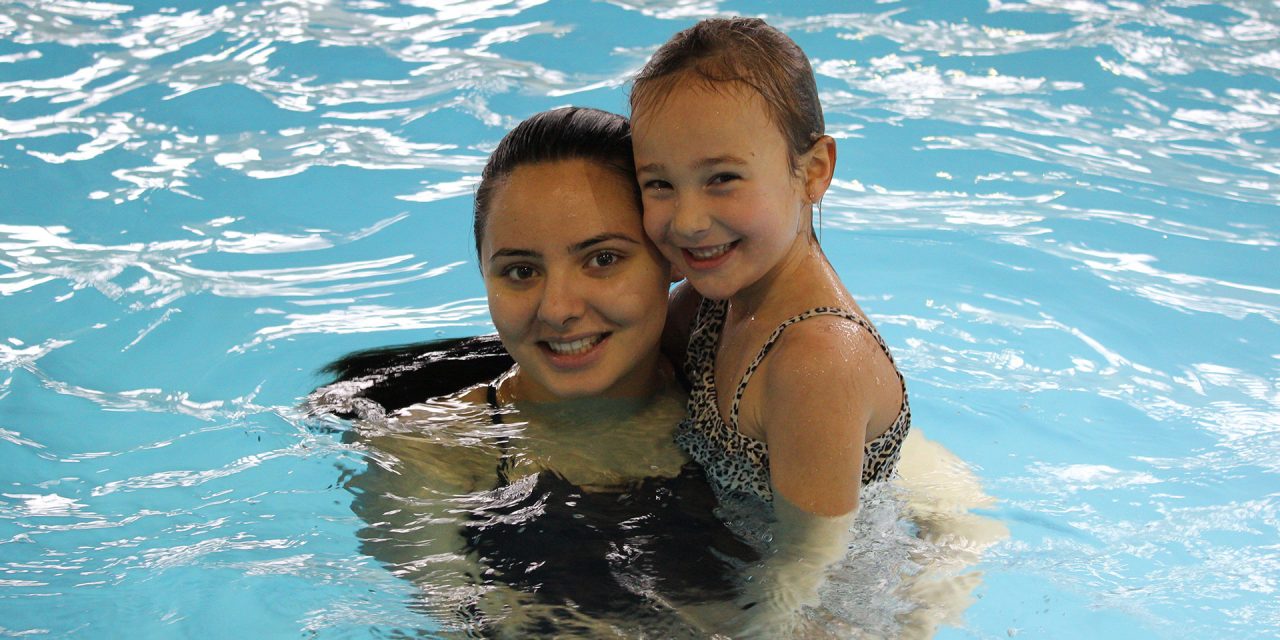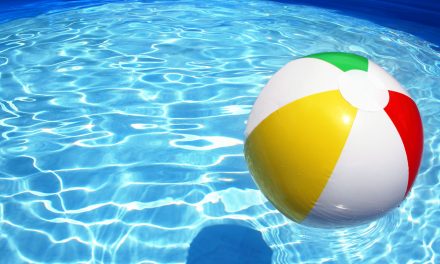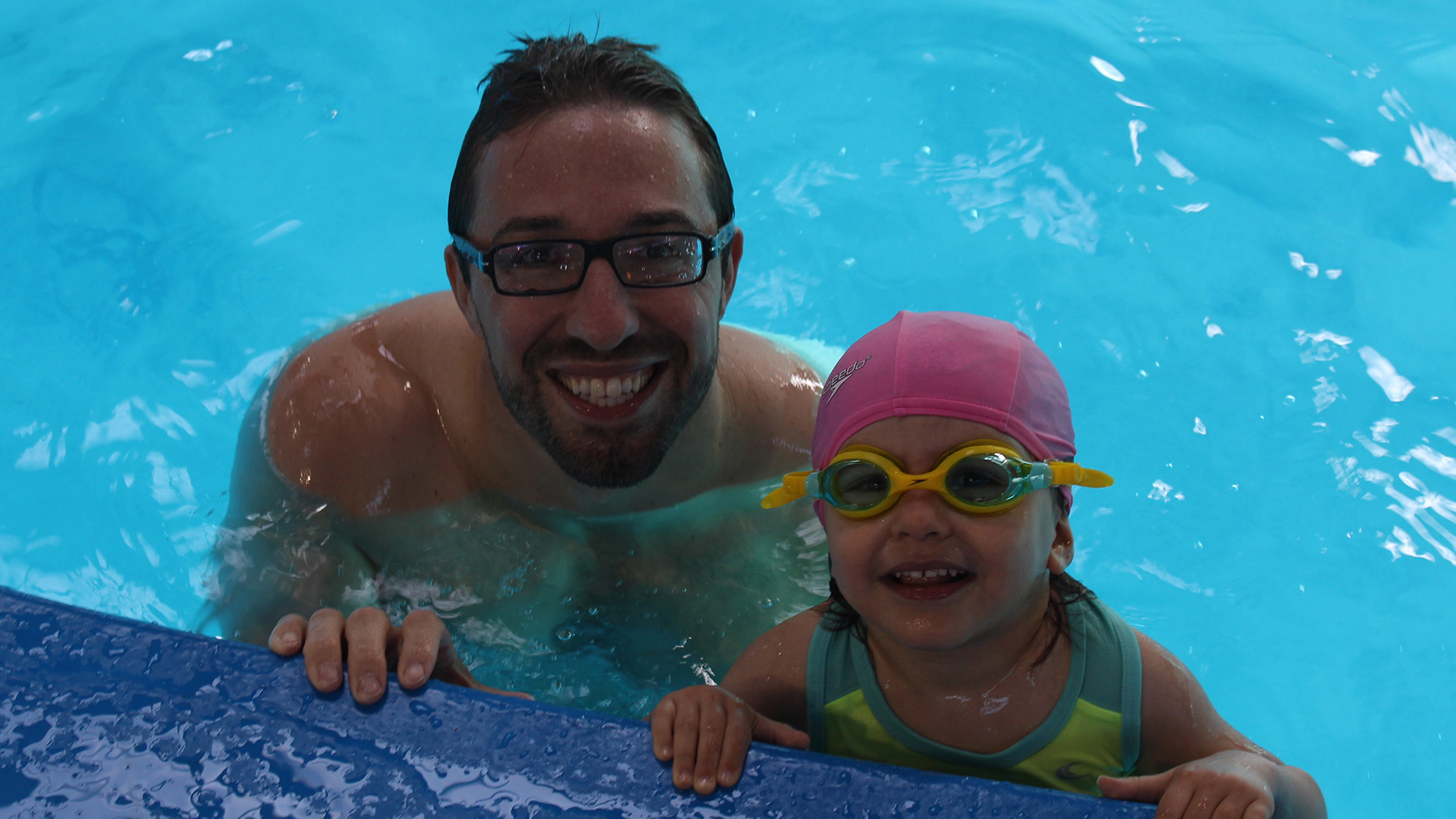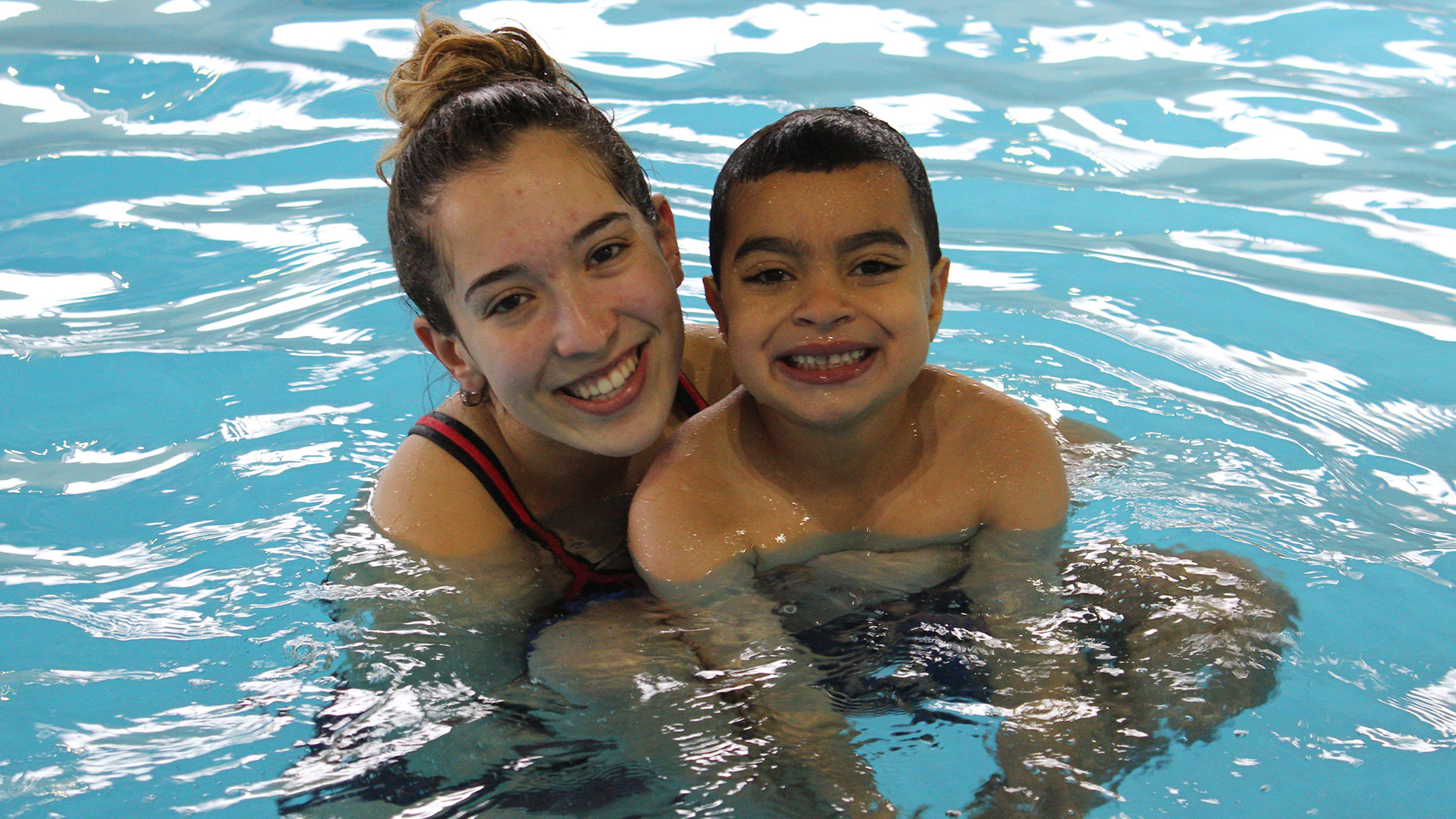I’ve been excited to sink my teeth into this one for a while.
A private swim instructors true salary should take into account the extra work put in managing their clients, managing changes (subs, pool closures), and of course no-shows.
This analysis was based on a comprehensive survey of dozens of private swim instructors from the Canada Swim School and the Montreal Institute of Swimming.
We will also assume an hourly rate of $16/hr, and in the cases of time estimations we will always round up to the nearest minute. And results will be based off an average 10 week session, where each shift is 4hrs, each lesson is 30min, and each instructor works an average of 8 hours. Thus each client will receive 5 hours of lessons per session (10x30min).
Finally, the percentages below will be based off of historical statistics of both clubs- and by historical I mean based off of statistics from over 500,000 private lessons.
Let’s do this.
Managing clients
Private lessons is an exclusive service. Clients get to work one-on-one with their instructor. Any questions, cancellations, etc are managed by having the clients contact the instructor directly, and working it out.
Instructors reported an average of 15min of day-to-day administrative work per client per session. This 15min takes into account confirming the first class with clients, schedule make up classes (clients are permitted to reschedule 1x/session), as well as answering typical questions that arise over the course of a session.
Managing changes
The most common changes that require an instructors attention are getting subs (or when an instructor needs to reschedule their own lessons), and pool closures / relocations. When instructors need a sub they must post a request online, confirm the sub with their clients, and coordinate with their sub to ensure a smooth lesson. If the instructor cannot find a sub and must reschedule, they must obtain confirmation from their manager and coordinate a make up class for their clients).
When getting a sub, this process typically entails about of 10min of extra work per client. Subs represent about 4% of all lessons.
When cancelling and rescheduling lessons (defined as an IM), this can typically entail 10min of extra work per client. IM’s represent about 3% of all lessons.
When pools are closed with advance notice, it is similar to ‘canceling and rescheduling lessons’ above, so 10min per client. Pool closures with notice represent about 1.4% of all lessons.
When pools are closed suddenly, instructors are possibly on site already, resulting in more time on the job not teaching lessons. Instructors felt an additional 10min of work was added for last-minute pool closures, 20min per client. Pool closures without notice represent about 1.0% of all lessons.
No Shows & CM+’s
No-shows are defined by clients who simply do not show up for their lesson without providing any notice, or who cancel at the last minute. CM+’s are a unique in-house definition used by CSS & MIS instructors: as clients are permitted to reschedule only 1 class per session, a CM+ is when a client cancels a second time (or third etc). To clarify, both NS & CM+ are lost classes for the client and paid breaks for the instructor; the only difference between them is that a client provided advanced notice for a CM+, and little (to no) notice for a NS.
4.68% of all lessons are NS, and 3.77% of all lessons are CM+. This is 8.43% of all lessons where the instructor is being paid for not giving a lesson.
The best instructors can optimize their time on the fly- when one client doesn’t show they move another client into their spot, always maintaining a solid schedule. Some time can be lost during these transitions, and waiting for clients to come at a different time. Let’s call it 75% efficient to be fair, thus the most organized and efficient employees are able to shave 6.32% off their working hours while maintaining the same hourly rate.
Conclusion
Extra work per client
- Day-to-day management, 15min
- Subs, 10min x 4%
- IMs, 10min x 3%
- Advanced-notice pool closures, 10min x 1.4%
- Last-minute pool closures, 20min x 1.0%
- Total extra work: 16min or 0.267hrs
Since 6.32% of all lessons become paid time off, and remembering that each client swims an average of 5hours per session (10 lessons x 30min per lesson), it equates to 0.316hrs of work saved.
Adding the sums, 5hrs + 0.267hrs (extra work) – 0.316hrs (work saved) = 4.951hrs of actual work, or a 1% difference.
Thus, a $16/hr salary is in reality $16.16/hr.
Not a big difference, but in a world where every penny counts, 1% in the long run can make a difference. Just for fun, let’s discuss what kind of difference exactly. The average swim instructors works 8hrs / week, with a lifespan of 2.25 years (9 sessions). Each year comprises 46 weeks of lessons, so a quick calculation yields an average career salary of $13,248. 1% more is $132.48.
I could probably come up with a fun list of things you could buy or experience for $132, but I’ll leave that up to the readers personal interests and imagination.
What’s important to retain is that the various extra work and benefits of being a private swim instructor do affect the total work put in, and thus the actual salary. And historical averages do indicate that there is a slight wage-benefit.
Thinking optimistically, it is important to remember that these are averages. The top performers, who lie on the upper end of these ranges, likely see effective salaries of up to +5%, thus a $16/hr salary is now $16.80. Now we’re talking. These are the people who have excellent relationships with their clients, who are quick to contact their clients and optimize their schedules, and who are always present at their lessons.
Do your job amazing, and literally get rewarded for it!












